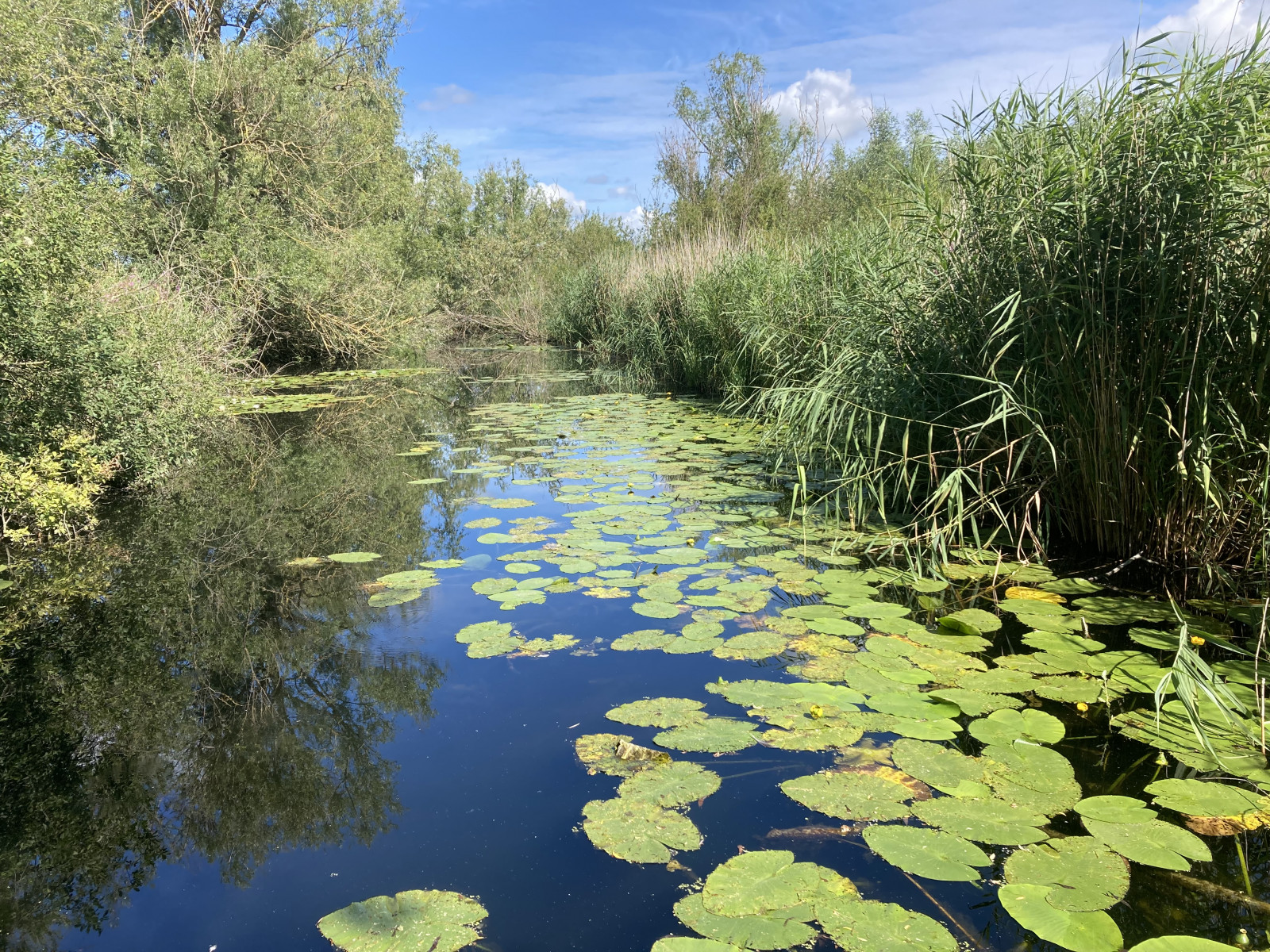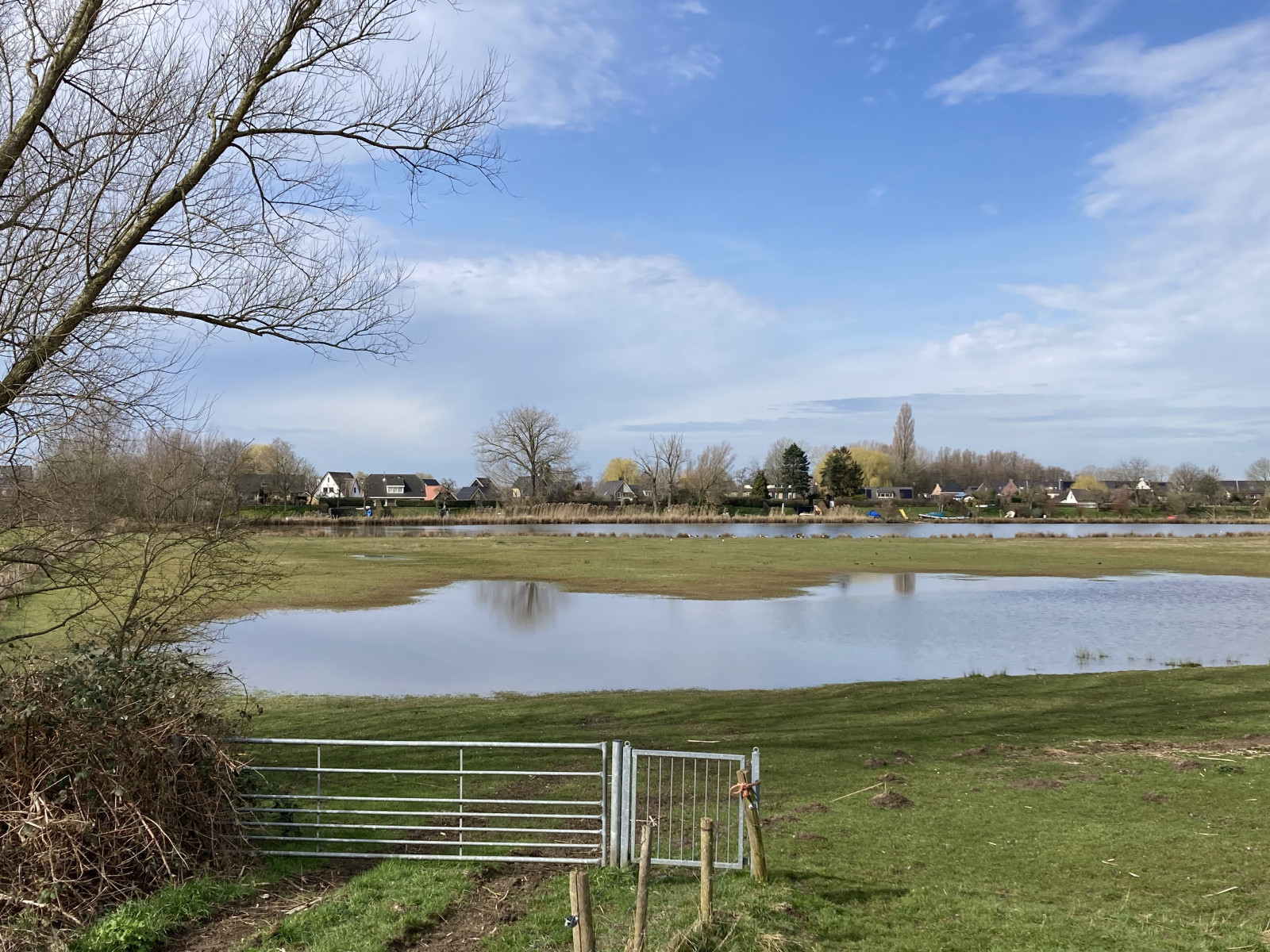Description
The area of the western Linge banks is a varied patchwork of jagged banks with ponds, straits, swamp forests, reed beds, poplar stands and grasslands on both sides of the Linge. It is rich in many species of water, marsh and forest birds. During the breeding season one can find plenty of Lăcar mic, Lăcar de mlaștină, Lăcar de stuf, Stufărică, Silvie de zăvoi, Presură de stuf and Gușă vânătă. Here and there there is a chance of Grelușel de stuf, Grelușel pătat, Frunzăriță galbenă, Privighetoare roșcată, Pițigoi de munte and Codroș de pădure. Cuc and Ghionoaie verde are guaranteed in spring. The Pescăraș albastru breeds in a few places. The Stârc roșu forages in the area. The Corcodel mare is everywhere. A wandering Stârc de noapte is possible.
In winter and early spring, parts of the floodplains are often flooded, with often meadow birds and waders, such as Sitar de mal, Fluierar cu picioare roșii, Becațină comună and duck species such asRață mică, Rață lingurar and Rață pestriță. In the reeds you can hear Cârstel de baltă. An encounter with Sitar de pădure is not unlikely.
Nederlands: De Lingeoevers West liggen aan weerszijden van de Linge tussen Beesd en Arkel. Een afwisselend gebied waar veel soorten vogels te vinden zijn. Het gebied van de westelijke Lingeoevers is een afwisselende lappendeken van grillige oevers met plassen, strangen, moerasbossen, rietvelden, grienden, populierenopstanden en (extensieve) graslanden aan weerszijden van de Linge. Het is rijk aan veel soorten water-, moeras- en bosvogels. In de broedtijd kan men volop de Lăcar mic, Lăcar de mlaștină, Lăcar de stuf, Stufărică, Silvie de zăvoi, Presură de stuf en Gușă vânătă horen. Hier en daar is er kans op Grelușel de stuf, Grelușel pătat, Frunzăriță galbenă, Privighetoare roșcată en Codroș de pădure. Cuc en Ghionoaie verde zijn in het voorjaar niet te missen. De Pescăraș albastru broedt op enkele plekken. De Stârc roșu foerageert in het gebied. De Corcodel mare kom je overal tegen. Een zwervende Stârc de noapte is niet uitgesloten. 's Winters en in het vroege voorjaar staan delen van uiterwaarden vaak onder water, met veel kans op weidevogels en steltlopers, zoals Sitar de mal, Fluierar cu picioare roșii en Becațină comună en eendensoorten als Rață mică, Rață lingurar en Rață pestriță. In rietland en grienden kun je de Cârstel de baltă horen. Een ontmoeting met een opvliegende Sitar de pădure is niet onwaarschijnlijk.
S
Details
Access
The area can be visited both by car and by bicycle. It is often difficult to park along the dikes. There is a small parking lot along the Meerdijk, click on the P in the map for directions to the parking lot.
_________________________
Nederlands: Het gebied is zowel met de auto als met de fiets te bezoeken. Langs de dijken is het vaak moeilijk parkeren. Er is een kleine parkeerplaats langs de Meerdijk, klik op de P in de kaart voor een routebeschrijving naar de parkeerplaats.






